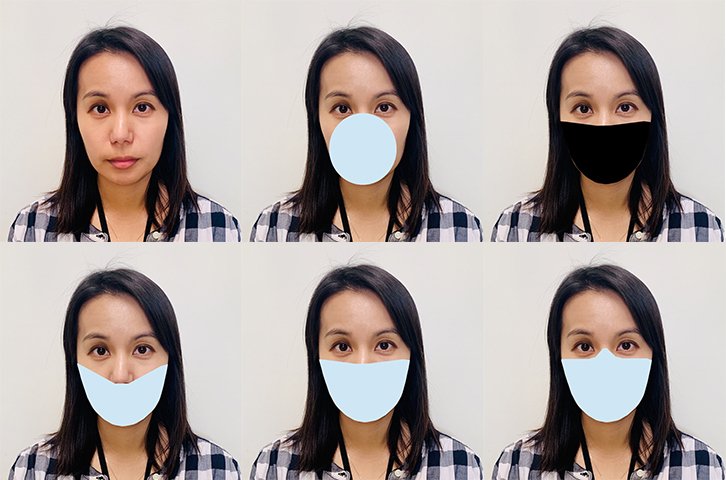DON'T SHOOT THE MESSENGER
HOW TO MAKE FRIENDS AND INFLUENCE PEOPLE

1 of 4
Miami Marlins' manager Don Mattingly looks out from the dugout during the eighth inning of a baseball game against the Philadelphia Phillies, Saturday, July 25, 2020, in Philadelphia. (AP Photo/Chris Szagola)
MIAMI (AP) — The Miami Marlins’ coronavirus outbreak could endanger the Major League Baseball season, Dr. Anthony Fauci said Tuesday, although he doesn’t believe games need to stop now.
More than a dozen Marlins players and staff members tested positive for COVID-19, and four games have been postponed, raising anew questions about MLB’s attempts to conduct a season.
“This could put it in danger,” said Fauci, the nation’s top infectious disease expert. “I don’t believe they need to stop, but we just need to follow this and see what happens with other teams on a day-by-day basis.”
Fauci made his comments on ABC’s “Good Morning America.”
“Major League Baseball — the players, the owners, the managers — have put a lot of effort into getting together and putting protocols that we feel would work,” Fauci said. “It’s very unfortunate what happened with the Miami (Marlins).”
Their outbreak continued to disrupt Major League Baseball’s schedule Tuesday, the sixth day of the pandemic-delayed season. Postponed for the second consecutive day were the Marlins’ home game against Baltimore, as well as the New York Yankees’ game at Philadelphia, a person familiar with the decision told The Associated Press.
Miami played at Philadelphia last weekend. The Yankees are scheduled to host the Phillies on Wednesday and Thursday.
Nine Marlins players on the 30-man roster, two taxi squad players and two staff members tested positive, a person familiar with the situation told the AP, speaking on condition of anonymity because the results hadn’t been publicly disclosed. The outbreak left the Marlins stranded in Philadelphia.
“Obviously, we don’t want any player to get exposed. It’s not a positive thing,” Commissioner Rob Manfred said on the MLB Network. “But I don’t see it as a nightmare. ... We think we can keep people safe and continue to play.”
The Orioles, who made a trip to Miami without playing a game, are scheduled to host the Marlins in a two-game series starting Wednesday.
Meanwhile, Chicago White Sox manager Rick Renteria will be kept away from his team after experiencing a “slight cough and nasal congestion,” general manager Rick Hahn said. Tests were planned.
The Marlins outbreak was the talk of baseball, and Washington Nationals manager Dave Martinez choked on his words as he discussed the situation. Martinez missed time last season because of a heart condition, and the Nationals are scheduled to play in Miami this weekend.
“I’m going to be honest with you: I’m scared,” Martinez said. “My level of concern went from about an eight to a 12. I mean this thing really hits home now. ... I got guys in our clubhouse that are really concerned, as well.”
The Marlins placed infielder Garrett Cooper, outfielder Harold Ramírez and right-hander José Ureña on the injured list. They claimed right-hander Justin Shafer and left-hander Josh Smith off waivers from Cincinnati, and will likely rely heavily on reinforcements from their training camp in Jupiter, Florida.
Manfred said there are factors that would force MLB to alter plans.
“A team losing a number of players that rendered it completely non-competitive would be an issue that we would have to address and have to think about making a change,” he said. “Whether that was shutting down a part of the season, the whole season, that depends on the circumstances. Same thing with respect to league-wide. You get to a certain point league-wide where it does become a health threat, and we certainly would shut down at that point.”
MLB and the union held talks Monday after aspects of the protocols were widely ignored during the season’s first four days, such as the prohibitions on high-fives and other physical celebrations.
The NBA and NHL plan to resume their seasons in bubble environments, with basketball at Lake Buena Vista, Florida, and hockey at Edmonton, Alberta, and Toronto.
“The NBA and the NHL have an advantage: smaller numbers of players, shorter period of time,” Manfred said. “I understand why they did what they did. I’m just not sure it was workable for us.”
The NFL has opted not to create a bubble environment as training camps open for the coming season.
“It might be that they have to go in a bubble,” Fauci said, “but I think they’re conscientious enough and want to protect their players and protect the personnel that they will do the right thing.”
___
Associated Press writers Ronald Blum in New York, Rob Maaddi in Philadelphia and Howard Fendrich and Darlene Superville in Washington contributed to this report.
___




















